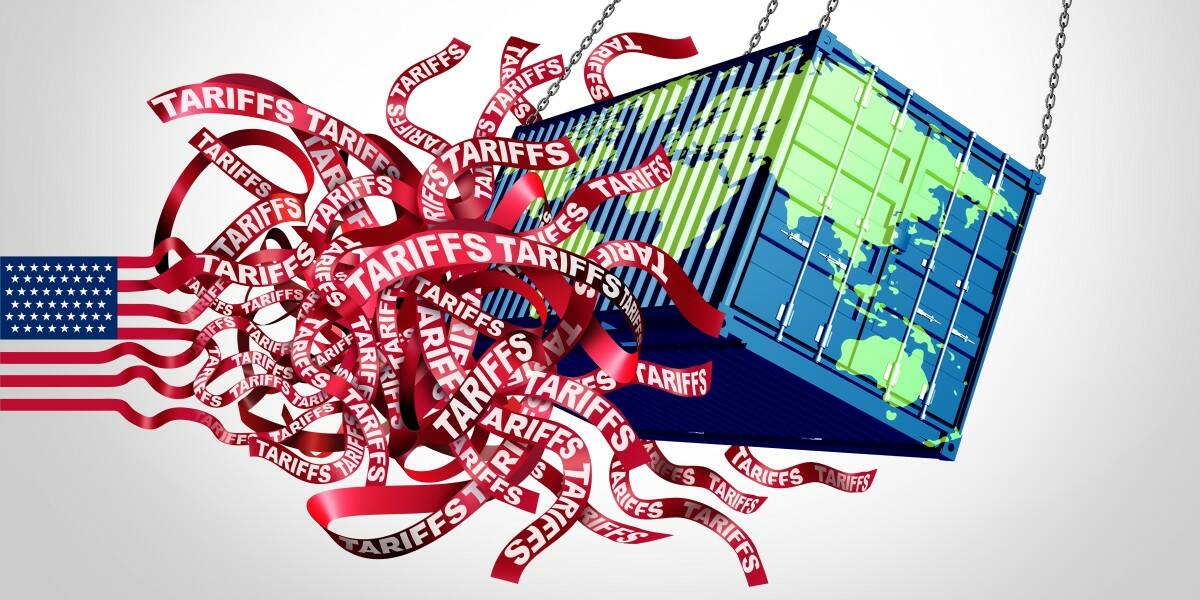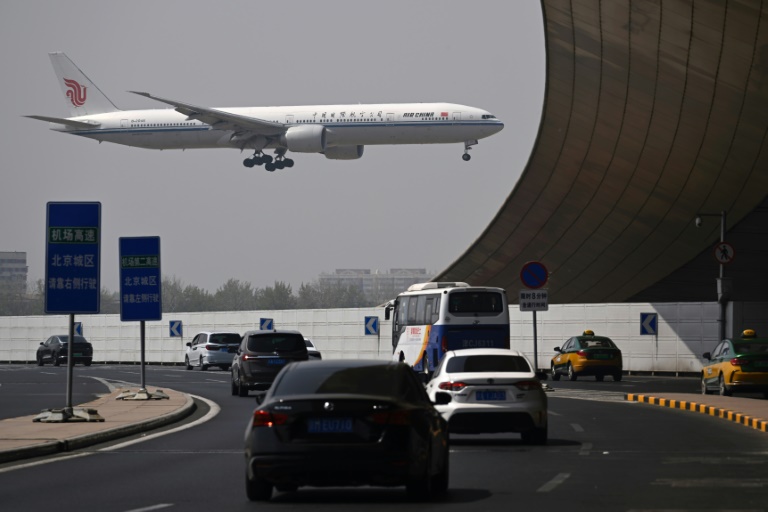World War Fee The Trump administration’s strategy for the use of tariffs to bring tech manufacturing to American shores took a new turn over the weekend after it announced tariff exemptions for some goods, denied the exemptions, then said it plans further tariffs on high-tech goods. To understand what's happened in the last couple of days we need to start on April 2nd, the day on which president Trump announced sweeping tariffs on many imported goods. The Executive Order 14257 that proclaimed those tariffs mentioned “semiconductors” as exempt from some tariffs and linked to a 37-page Annex [PDF] that listed goods exempt from tariffs using eight-digit codes spelled out in the Harmonized Tariff Schedule of the United States (HTSUS).
That document is a 4,400 page behemoth that lists over 10,000 types of goods subject to import duties, organized into headings and subheadings. Each item on the list has a “HTS code”. Late on April 11th, US Customs and Border Protection published “further guidance on the additional duties” imposed by the Executive Order 14257 of April 2nd.

The document lists 20 HTS codes that are exempt from tariffs. The Register has compared the list of exemptions in the April 11th guidance to the Annex to Executive Order 14257. We’ve counted nine HTS Codes that weren’t mentioned in the Annex published on April 2nd but are mentioned in the further guidance published on April 11th.
The codes mentioned in both documents describe semiconductors – as was explained in the Executive Order 14257. The nine HTS codes mentioned only in the new guidance include 8471 and 8471.30.
01, which describe computers and laptops, plus 8517.13 which covers smartphones. HTS code 8542 also made the new list, a notable inclusion as its subheadings cover CPUs, GPUs, systems-on-chips, microcontrollers and memory.
The Trump administration’s policy is to use tariffs on imports as an incentive for businesses to move their manufacturing plants to the USA. The administration has also made China the main target of its trade policy by imposing its highest rate of tariffs - 145 percent on the Middle Kingdom – to address what it believes is China’s unfair trade practices, plus national security issues. Another Trump administration priority is controlling inflation and lowering prices.
Tariffs on imported goods – at either the 145 percent rate imposed on China, the lower levies on other countries announced but then paused for 90 days, or the administration’s blanket ten percent blanket levy on all imports – won’t help to meet those goals. Analyst firm IDC’s vice president for devices, Francisco Jeronimo, said the fresh exemptions represent “clear recognition of the economic shock such duties would deliver to American consumers, some of the most popular consumer electronics brands and the broader tech industry.” “Imposing tariffs on these goods would translate directly into higher retail prices—pushing up inflation, squeezing household budgets, and potentially eroding the global competitiveness of some of America’s most valuable firms,” he added.
Exempting more goods from tariffs, by contrast, would help to keep prices low and avoid an obviously inflationary influence. Friday nights are prime time for taking out the trash, and news released at that time can sometimes disappear without making a ripple. The guidance from US Customs was time-stamped 10:36 PM EDT on April 11th.
At the time of writing, the HTML for the White House memo includes a article:published_time meta tag with the value “2025-04-11T16:59:43+00:00”. Some content management systems default to Coordinated Universal Time which is denoted as “+00:00”. If the White House CMS is set to UTC, its announcement was posted at 8:59 PM on Friday night.
Trash, or treasure? You decide. On Sunday, President Trump used his Truth Social account to describe reporting of extra exemptions as “Fake News”, and added: “We are taking a look at Semiconductors and the WHOLE ELECTRONICS SUPPLY CHAIN in the upcoming National Security Tariff Investigations.” Commerce Secretary Howard Lutnick, in a Sunday appearance on ABC News program This Week, appeared to acknowledge the exemptions on semiconductors and other electronics and said they are not "a permanent exemption" and will again be tariffed under “sectoral tariffs” to be announced in “a month or two”.
Lutnick said the forthcoming tariffs will be part of an effort to "reshore" manufacturing in the interests of national security, and will focus on both semiconductors and medicines. Zichen Wang, a journalist for Chinese state media who analyzes Beijing in the Pekingology blog, on Sunday pointed to a Q&A between a journalist and China’s Ministry of Commerce, in which an official addressed the exemptions announced on April 11 and described them as a “a small step for the United States to correct its wrong practice” and calls for America to take a “major step” of showing respect for China by removing all reciprocal tariffs. Wang believes the Q&A is an indicator of an “off-ramp” Beijing is offering the US to end the trade war.
But China has reportedly also banned export of critical minerals and magnets that US industry relies on for many applications. Which doesn't sound like an off-ramp. Secretary Lutnick said he expects Trump and Chinese President Xi Jinping “will work this out.
” “I am confident this is going to work out with China.” IDC’s Francisco Jeronimo isn’t so sure. “Even for companies actively pursuing diversification, China often remains the primary source for these complex, high-volume products due to the sheer scale and efficiency challenges elsewhere,” he said.
Rebuilding supply chains takes time – sometimes years – and massive investments. Businesses are seldom keen to make those investments in uncertain policy environments, and in the days since April 2nd the USA has made several changes to its tariff regimes. Remarks by Trump and Lutnick in the wake of the exemptions guidance signal more are coming, and the late Friday changes to deeply technical documents suggest that understanding whatever comes next will require deep dives into HTS codes.
®.
Technology

Tech tariff turmoil continues as Trump admin exempts some electronics, then promises to bring taxes back

Beijing tries to find an off-ramp but also fights back with export bans World War Fee The Trump administration’s strategy for the use of tariffs to bring tech manufacturing to American shores took a new turn over the weekend after it announced tariff exemptions for some goods, denied the exemptions, then said it plans further tariffs on high-tech goods....














